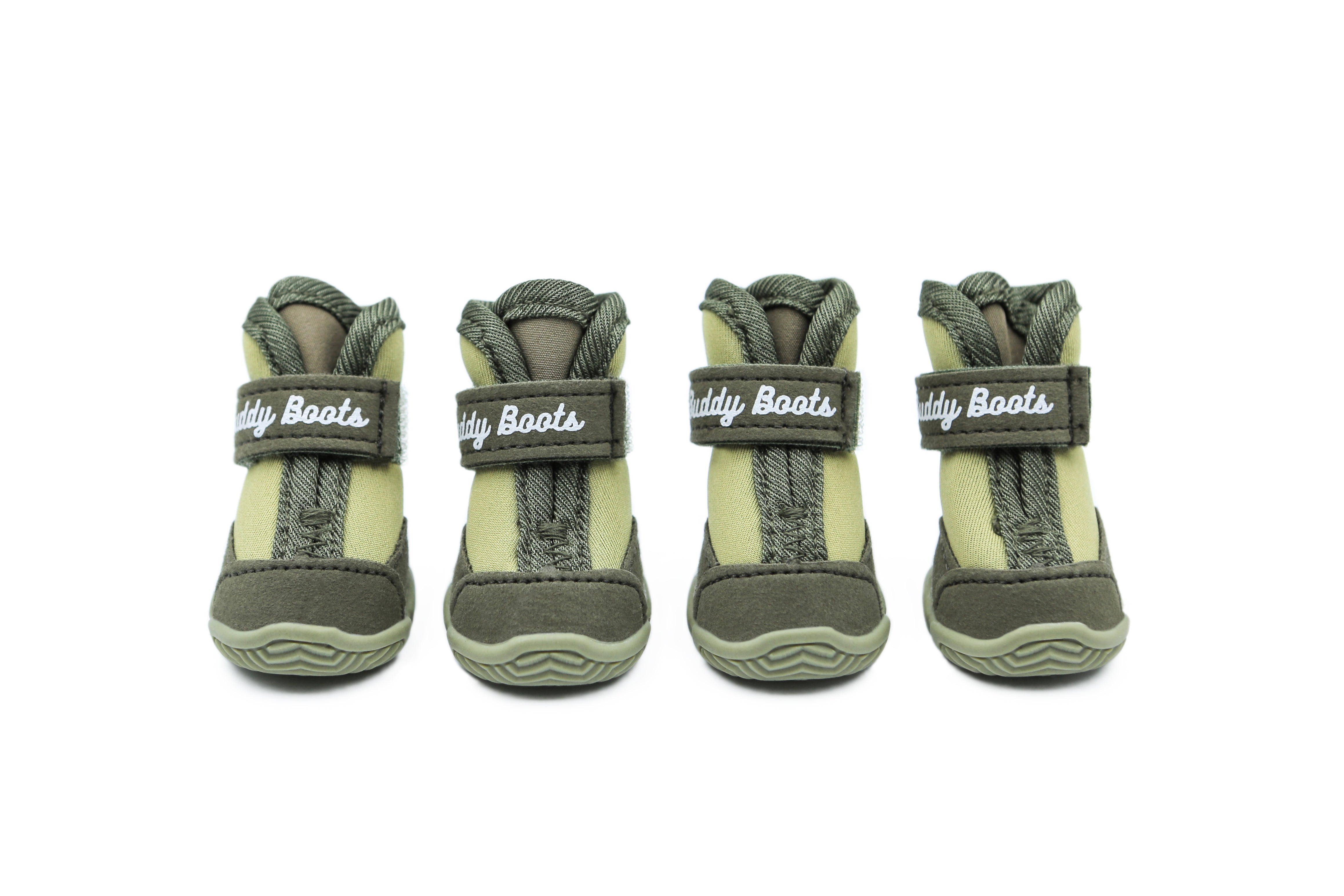Protect Your Pup: Hidden Outdoor Dangers Every Dog Owner Should Know
As dog owners, we enjoy taking our dogs on outdoor adventures, whether it’s a casual walk in the park, a hike through nature, or a beach day. However, certain common plants like foxtail, sandspurs, spear grass, and poison ivy can pose significant risks to your dog’s paws. These plants may look harmless, but they can cause discomfort, irritation, and even serious infections if their seeds or oils become lodged in your dog's skin. In this guide, we’ll explore the hidden dangers these plants present and share tips on how to protect your dog’s paws during outdoor excursions.

Foxtail: What It Is and Why It’s Dangerous for Your Dog
Ever noticed spiked seeds sticking to your shoes or socks after a walk in a grassy field? Those are likely foxtail seeds. While they may seem harmless, foxtails are designed to burrow into the ground but can also attach to a dog’s fur or paws, causing painful and potentially dangerous problems.
Foxtails are commonly found across the United States, especially in places like California and the Midwest. They thrive in open fields, parks, and hiking trails and are more prevalent from May through December, when their seeds dry out and detach easily, posing a greater risk to dogs roaming in these areas.
How Can Foxtails Harm Your Dog’s Paws?
Noticed your dog limping or constantly licking its paws after a walk? It could be foxtails. Once lodged in a dog’s paw, foxtail seeds can burrow deep into the tissue, causing inflammation, swelling, and sometimes even infections. If left unchecked, they can lead to painful abscesses.
Look for signs such as limping, excessive licking, swelling between the toes, or redness around the paw. If foxtails aren’t removed, they can travel up the leg, requiring surgical removal in some cases.
A simple solution? Consider using protective boots during foxtail season, especially in high-risk areas. Regularly checking your dog’s paws after walks is also a great way to catch any problems early.

Sandspurs: Why These Spiky Burrs Are Painful for Your Pup
Ever spotted small, spiky burrs stuck to your clothes or your dog’s paws after a beach walk or a stroll through the park? These are sandspurs, another hidden danger for dogs. While they might look harmless, their sharp spines can easily pierce your dog’s paws, leading to discomfort and irritation.
Sandspurs are typically found in sandy and coastal regions, especially in states like Florida, Georgia, and the Carolinas. They thrive in the warmer months, from late spring through early fall, and easily latch onto anything they touch, including your dog.
How Do Sandspurs Affect Your Dog’s Paws?
If your dog is limping or licking its paws after a beach day or a walk through grassy areas, sandspurs might be the cause. These sharp burrs can puncture the paw pads and get lodged between the toes, causing significant irritation. Left untreated, they can lead to infections or abscesses.
A quick check of your dog’s paws after walks can catch any burrs before they cause further issues. For areas with a lot of sandspurs, it’s worth considering paw protection to prevent these painful injuries.

Poison Ivy: Watch Out for This Common Threat to Your Dog’s Paws
Ever walked your dog through the park and spotted a three-leafed plant along the trail? That’s poison ivy. While dogs are less sensitive to it than humans due to their fur, their paws are much more exposed. When dogs step on poison ivy, the plant’s oils can transfer to their paws, causing irritation or even rashes.
Poison ivy is commonly found in urban parks, gardens, and trails throughout the United States, particularly in eastern and midwestern regions. It grows during the warmer months, from spring through fall, but its oils remain active even in winter, making it a year-round concern.






Leave a comment